7 AI and IT Applications in Diagnosis
Introduction
AI is a branch of computer science that focuses on making the computer more smart and able to make decisions like a gentleman. Utilizing this feature of AI and computer systems, these days some machines have been developed to diagnose patients quickly and perfectly without any human error. AI and computer systems are used extensively in medical sciences to diagnose patients, end-to-end drug discovery and development, and improve communication between physicians and patients to transcribe medical documents such as prescriptions and remote treatment. So, in this blog/article you will be able to learn and understand some advanced applications and the importance of AI in radiology, biomedical sciences, and medicine to perfectly diagnose and treat patients. Let us first understand AI.
· AI stands for Artificial Intelligence.
· AI is a branch of computer science.
· AI is a field of study which tries to make computers smart.
· AI is the ability of a computer program or a machine to think and learn.
· AI is a broad term referring to robots, bots, chatbots, androids, and cyborgs.
· AI refers to the simulation of human intelligence in machines that are programmed to think like humans and mimic their actions.
· AI is used to create intelligent machines which can behave like a human, think like humans, and be able to make decisions under different situations.
· Some of the activities that computers with AI are designed for include speech recognition, learning and planning, and problem-solving.
Purpose of AI
· The goal of AI is to provide software that can reason on input and explain output.
· The basic objective of AI(also called heuristic programming, machine intelligence, or the simulation of cognitive behavior) is to enable computers to perform such intellectual tasks as decision making, problem-solving, perception, and understanding of human communication (in any language and translation among them).
Machine learning (ML)
· ML(Machine Learning ) is a branch of AI and computer science.
· ML works on the use of data and algorithms to imitate the way that humans learn in order to improve the machine’s accuracy.
· ML allows the user to feed a computer algorithm an immense amount of data and have the computer analyze and make data-driven recommendations and decisions based on only the input data.
· ML is based on the idea that systems can learn from data, identify patterns and make decisions with minimal human intervention.
· ML provides systems the ability to automatically learn and improve from experience without being explicitly programmed.
· ML depends on mathematics and statistics. Understanding of some mathematical and statistical methods is required to modify ML models or to build/create new models.
Deep learning (DL)
· Deep learning is also called deep neural learning or deep neural network.
· Deep learning is a type of machine learning and artificial intelligence.
· Deep learning refers to a machine learning technique that enables automatic learning through the absorption of data (images, video, and text).
· Deep learning is an artificial intelligence function that imitates the workings of the human brain in processing data for use in detecting objects, recognizing speech, translating languages, and making decisions.
· Deep learning artificial intelligence is able to learn without human supervision, drawing from data that is both unstructured and unlabeled.
AI and IT applications in medical diagnosis
Some AI and IT technologies used for diagnosis are:
CAT
· CAT stands for Computerised Axial Tomography.
· CAT is also known as CT (Computed Tomography) scan or computerized tomography.
· CAT refers to a procedure that uses a computer linked to an X-ray machine to make a series of detailed pictures of areas inside the body.
· CAT machine is used to take 3D images of different parts of the body.
· A CAT scan may be used to help diagnose diseases, plan treatment or find out how well treatment is working.
· AI-based DLR (Deep learning reconstruction) and post-processing techniques help to process CT images easily. These methods and techniques consistently improve diagnostic image quality at the lowest attainable dose across all patients and procedures.
MRI
· MRI stands for Magnetic Resonance Imaging.
· MRI machine is used to give the digital impression of internal organs of the body by using a strong magnetic field and radio waves.
· AI is used in MRI due to MRI intrinsic soft-tissue contrast, a broad spectrum of structural and physiological acquisition protocols, and its diagnostic potential.
· AI tools like the change detector can often be used to compare studies better than humans, and they can measure the prior metastases compared to current metastases to give a volume load differences.
· MRI and CT are used for finding and identifying liver lesions. AI helps in characterizing these lesions as benign or malignant and prioritizing follow-up evaluation for patients with these lesions.
· MRI is a frequently used imaging test of the brain, spinal cord, and disorders of the eye and inner ear.
· AI techniques can be used at every stage of a CT examination to benefit the quality of the resulting images and make the workflow more efficient for the operator and radiologists.
ECG
· ECG stands for Electrocardiogram.
· An ECG refers to a simple test that can be used to check your heart’s rhythm and electrical activity.
· ECG machine is used to monitor the heartbeat.
· AI is applied to twelve-lead ECGs which improved the accuracy of echocardiographic detection of Left Ventricular Hypertrophy (LVH).
· AI-enabled smart sensor device is used to estimate the probability of a heart attack.
EEG
· EEG stands for Electro-encephalography.
· EEG is a test that measures and records the electrical activities of the brain.
· EEG is useful in diagnosing brain conditions, especially epilepsy and other seizure disorders.
· EEG-based BCI (Brain-computer interface) using ML and DL methods are widely used to automate clinical EEG analysis.
· ML and DL methods are presented to monitor and feedback on human cognitive states.
Radiology
· Radiology is also called diagnostic imaging.
· Radiology refers to a branch of medicine that uses imaging technology to diagnose and treat diseases.
· AI is being used in radiology as a tool to improve disease detection, diagnosis, and clinical care.
· AI facilitates quantitative radiology, and assists in discovering genomic markers.
· Enlitic develops DL (Deep Learning) medical tools to streamline radiology diagnosis.
· Enlitic DL platform analyzes unstructured medical data (radiology images, blood tests, EKGs, genomics, patient medical history) to give doctors better insight into a patient’s real-time needs.
Freenome
Freenome uses AI in screenings, diagnostic tests, and blood work to test for cancer.
Buoy Health
Buoy Health is an AI-based symptom and cure checker that uses algorithms to diagnose and treat illness.

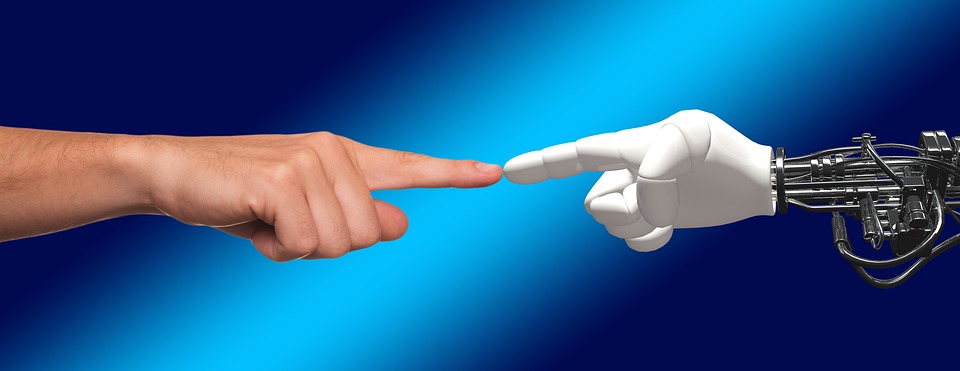
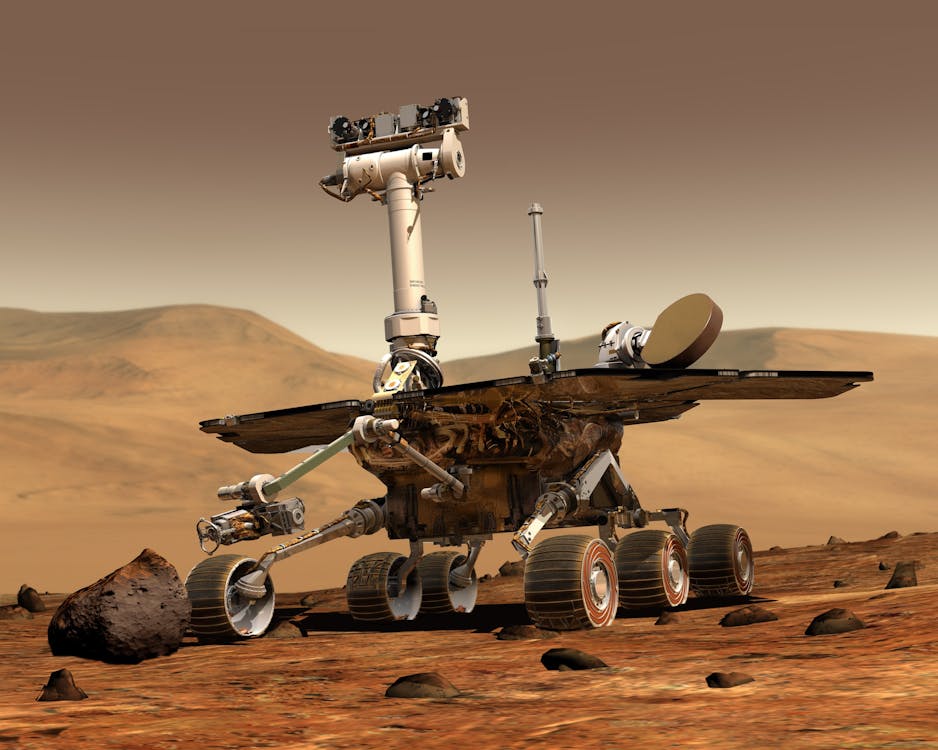

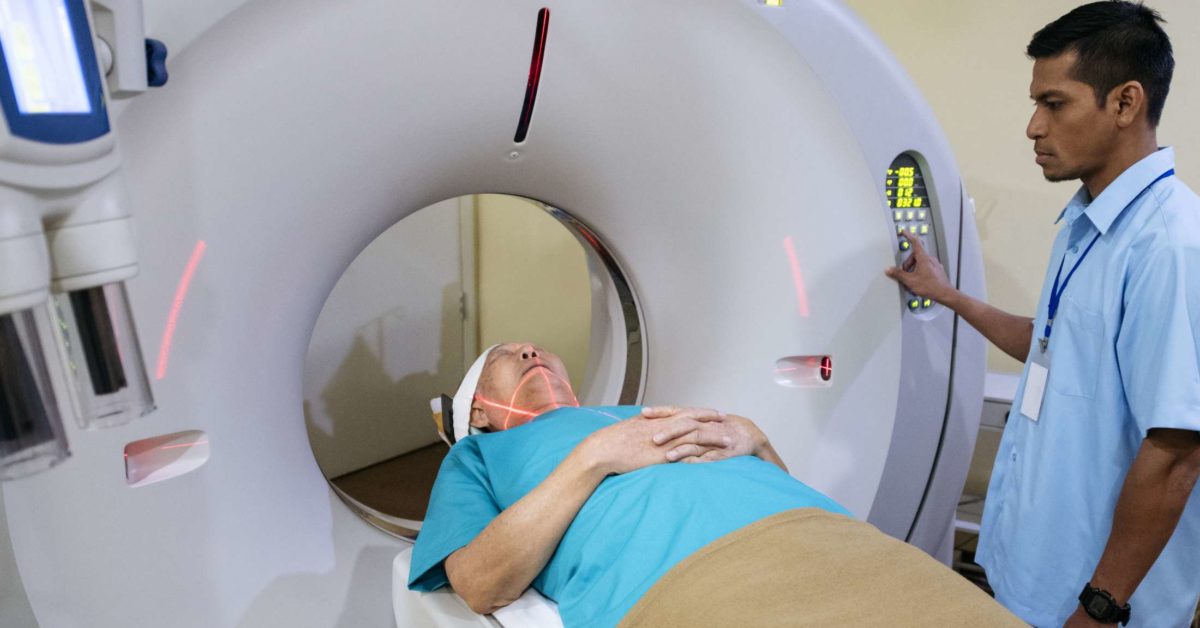


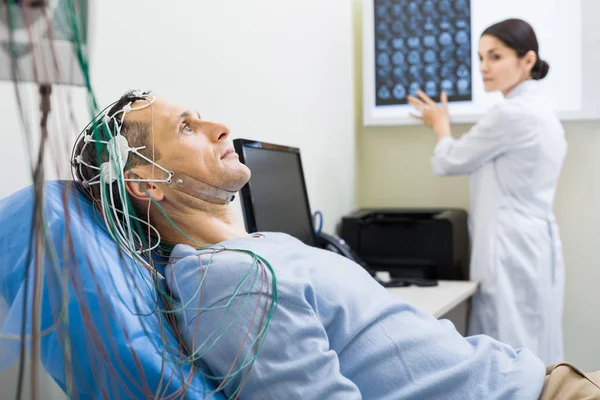
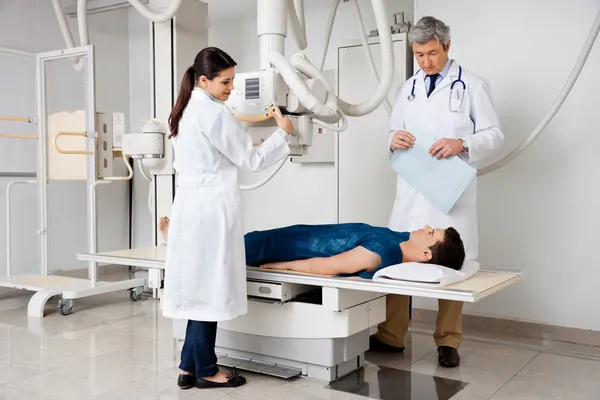




No comments:
Post a Comment